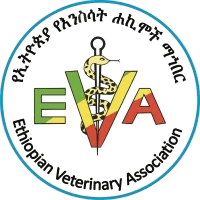Overview
Contagious Bovine Pleuropneumonia (CBPP) is a highly contagious bacterial disease that primarily affects cattle. It is characterized by severe respiratory symptoms, pneumonia, and often death. CBPP can cause significant economic losses to livestock producers in Ethiopia.
Transmission
CBPP is primarily transmitted through direct contact with infected animals or their secretions. The bacteria can survive for extended periods in the environment, making its control challenging.
Clinical Signs
The clinical signs of CBPP typically appear within 2-3 weeks after infection. These include:
- Fever
- Cough
- Difficulty breathing
- Nasal discharge
- Loss of appetite
- Weight loss
- Pneumonia
Prevention and Control
Effective prevention and control measures are crucial to combat CBPP. These include:
- Vaccination: Regular vaccination of susceptible cattle is a cornerstone of CBPP prevention. Vaccines are available and can provide significant protection.
- Biosecurity: Implementing strict biosecurity measures is essential to prevent the introduction and spread of the disease. This includes restricting animal movement, disinfecting equipment, and practicing good hygiene.
- Early detection and reporting: Prompt detection and reporting of suspected cases are vital for timely intervention and control.
- Quarantine: Isolating infected animals and implementing quarantine measures can help prevent the spread of the disease.
- Slaughter and disposal: In severe outbreaks, culling and proper disposal of infected animals may be necessary to control the disease.
Economic Impact
CBPP outbreaks can have devastating economic consequences for livestock producers and the overall economy. Losses can result from reduced milk production, weight loss, mortality, and restrictions on animal trade.
Conclusion Contagious Bovine Pleuropneumonia remains a significant threat to cattle industries in Ethiopia. Effective prevention and control strategies, including vaccination, biosecurity, early detection, and quarantine, are essential to mitigate its impact and protect the livelihoods of farmers and the overall economy.
